Bell tents and tipis are two of the most popular choices for canvas shelters – whether you’re heading to a festival, planning a wedding, or setting up a family glamping trip. But what’s the real difference between them? And which one actually suits UK conditions better?
Let’s break it down so you can choose the right one for your next adventure.
Quick answer: A bell tent has a round shape with a central pole and sloping sides, making it easy to pitch and great for usable space. A tipi is taller and cone-shaped with multiple poles crossing at the top. It has visual wow-factor, but is harder to pitch and less insulated for camping.
What is a Bell Tent?
Bell tents are circular canvas tents supported by a single central pole and guy ropes around the outside. Originally based on military designs, they’ve become a UK glamping staple.
Key features:
-
Circular floor plan with great headroom
-
One central pole = fast pitching (15–30 mins)
-
Fully enclosed groundsheet (often zipped-in)
-
Multiple air vents and mesh doors
-
Stove-compatible (cotton and fire cotton models)
They’re ideal for camping, festivals, garden parties, weddings, and family holidays. You can pitch one solo in under 30 minutes and enjoy a spacious, breathable living area.
Not sure which size suits your group? Check our size guide for layout examples.
What is a Tipi?
Tipis (or teepees) come from Indigenous North American heritage and are traditionally tall, conical tents made from canvas or hides stretched over wooden poles.
Modern tipis tend to be made with cotton or polyester-canvas and feature open bases (no groundsheet) and optional smoke flaps at the top.
Key features:
-
Conical shape with multiple support poles
-
Dramatic height and silhouette
-
Often used for weddings and events
-
Takes 2+ people to pitch (45–90 mins)
-
Generally no built-in floor
Tipis are all about visual impact – they look stunning, especially for events. But they’re less about insulation or weather protection.
Bell Tent vs Tipi: Side-by-Side Comparison
|
Feature |
Bell Tent |
Tipi |
|---|---|---|
|
Shape & Pitching |
Round, central pole, fast to pitch |
Cone-shaped, many poles, more complex |
|
Headroom & Layout |
Excellent all-round standing room |
Very tall in centre, limited at sides |
|
Setup Time |
15–30 minutes (1 person) |
45–90 minutes (2+ people) |
|
Stove Compatibility |
Yes (cotton tents only) |
Only some models, complex flue fitting |
|
Groundsheet |
Fully enclosed, zipped-in |
Usually open base or separate sheet |
|
Best Use Case |
Camping, glamping, weddings, hire |
Visual events, group spaces |
When Should You Choose a Bell Tent?
Bell tents are the better choice when:
-
You want something easy to pitch alone
-
You’re sleeping multiple nights
-
You care about staying dry, warm and protected
-
You want one tent that does it all: camping, events, home garden set-ups
They’re also easier to maintain, clean, and store. And if you go for a cotton model, they’re stove-compatible for colder months.
Tip: A 4m bell tent is the perfect all-rounder for couples or small families.
When Might a Tipi Be Better?
Choose a tipi if:
-
You’re running a visual-first event like a wedding or party
-
You’ve got multiple hands on deck for setup
-
You love the traditional conical look
-
You want a tall, open gathering space
Just bear in mind the lack of floor and limited weather protection. Tipis excel in dry, decorative contexts – less so in unpredictable UK weather.
Which One Handles UK Weather Better?
The bell tent comes out ahead here.
Why?
-
Most bell tents have sealed, waterproof groundsheets
-
Their canvas walls offer better insulation
-
Cotton models are breathable but warm
-
Stove-ready options mean comfort year-round
-
Tipis often lack sealed bases and let in draughts
If you’re planning to camp outside summer months, or anywhere exposed, a bell tent will keep you warmer, drier, and more comfortable.
Final Thoughts: Bell Tent or Tipi?
Here’s the takeaway:
-
Bell Tents = Versatile, easy to pitch, great for camping or hire. A balance of comfort and simplicity.
-
Tipis = Statement pieces. Great for weddings and events, but need more effort and are less weather-friendly.
Think about what you want:
-
Are you prioritising practicality or visuals?
-
Do you want to pitch it yourself?
-
Will it be used overnight or just for the day?
Not sure? Browse our Classic Bell Tent Collection or get in touch and we’ll help you choose.
FAQs
Can I use a stove in a tipi?
Only in specially designed models. Bell tents in cotton or fire cotton are ready for safe stove use (with the right kit).
Which is easier to pitch?
Bell tents, hands down. One person, one pole, 30 minutes.
Are tipis warmer?
No. Bell tents retain heat better due to sealed floors and cotton canvas walls.
Do tipis have built-in groundsheets?
Rarely. You usually need to lay a separate one or go without.
Can I sleep in a tipi?
Yes, but it’s less comfortable for overnight stays in colder UK weather unless heavily modified.


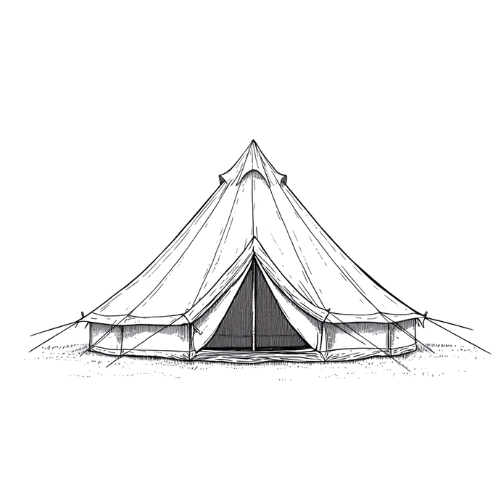 Canvas Bell Tents
Canvas Bell Tents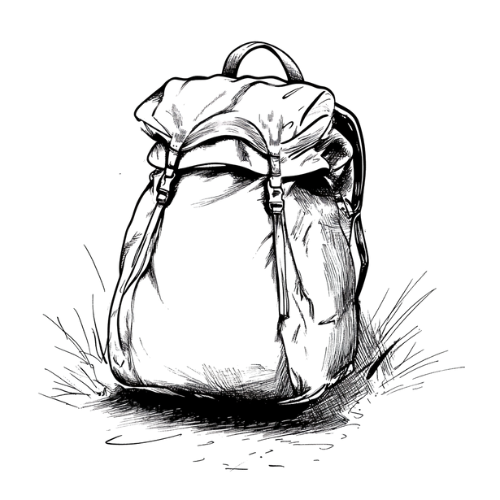 Bell Tent Accessories
Bell Tent Accessories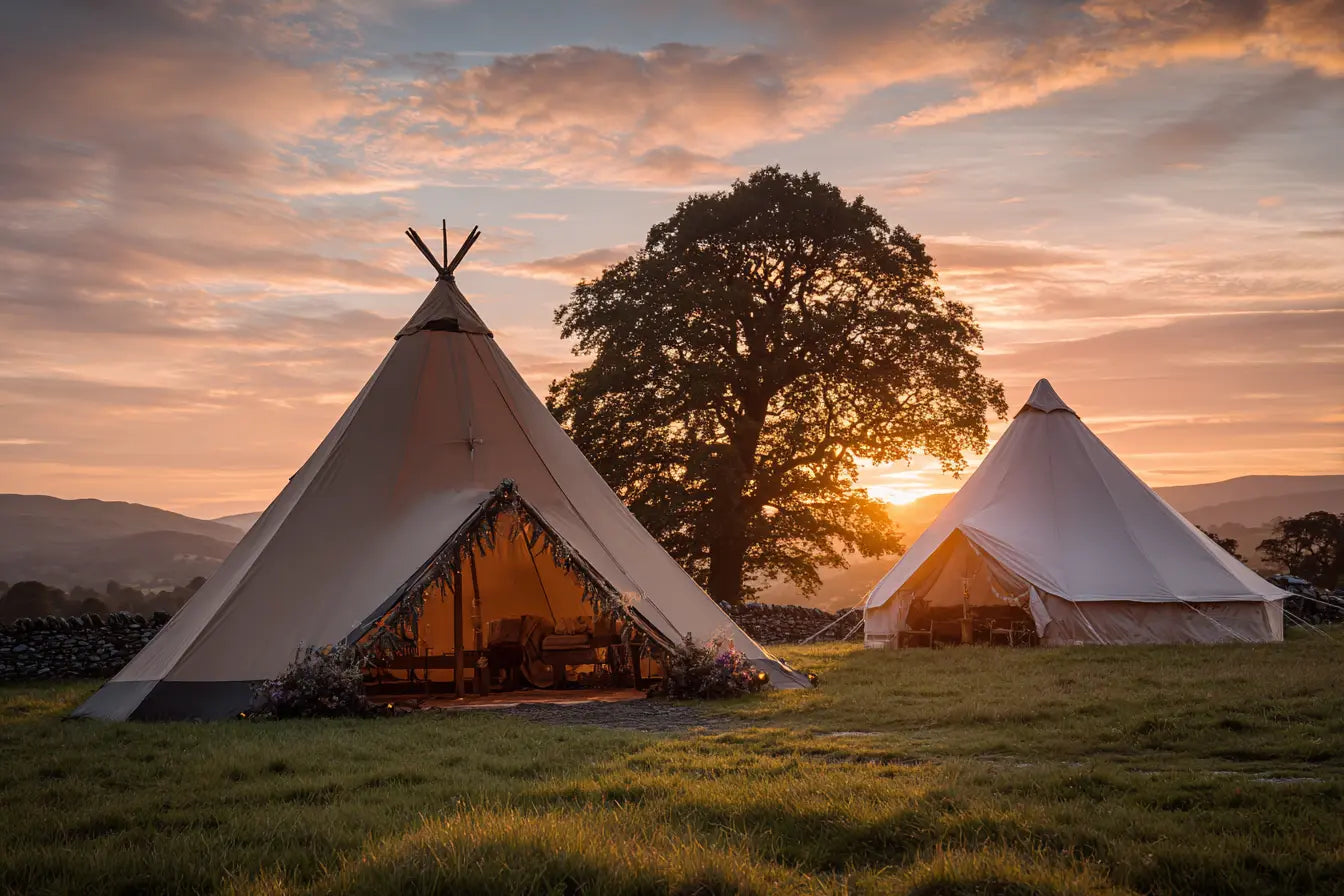
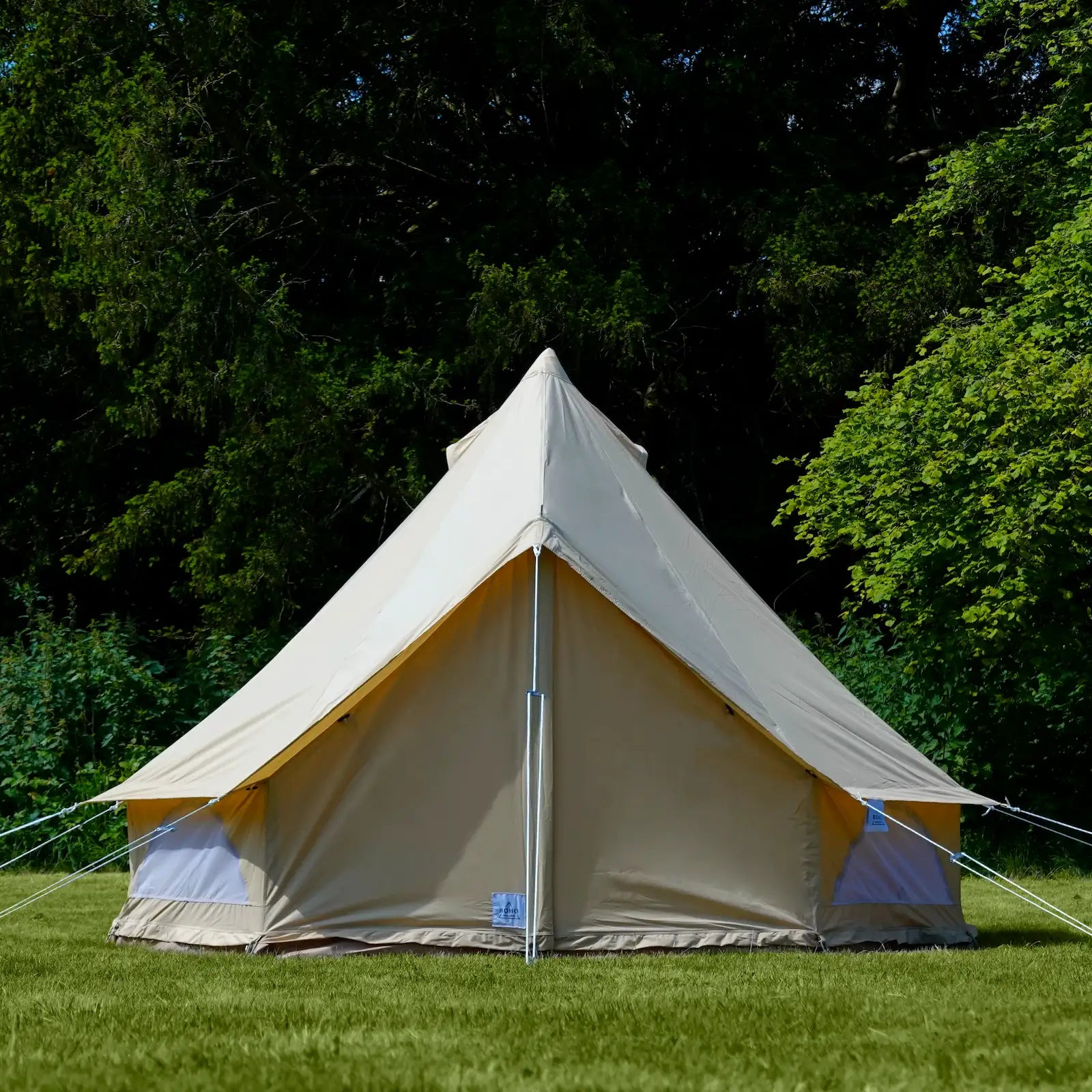
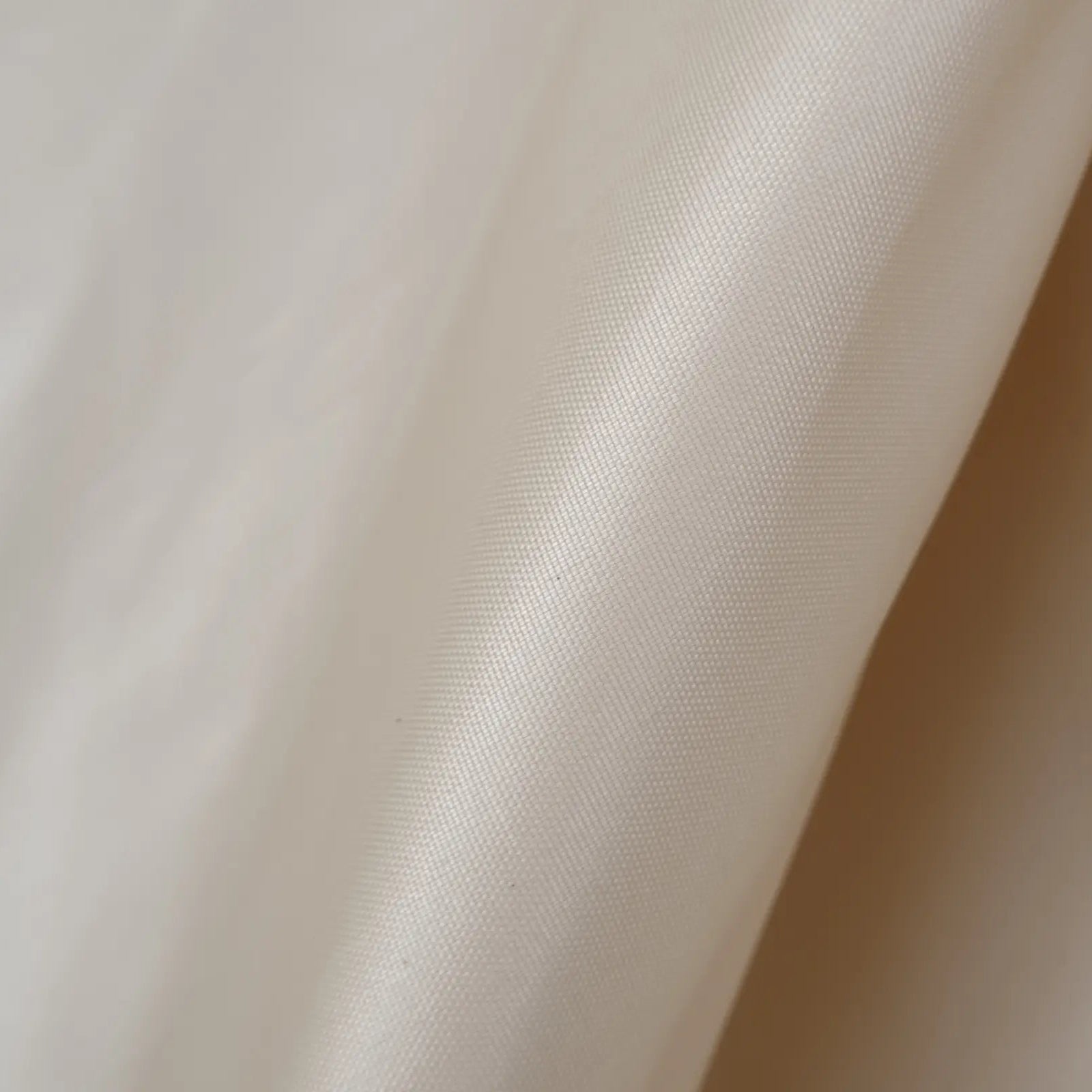
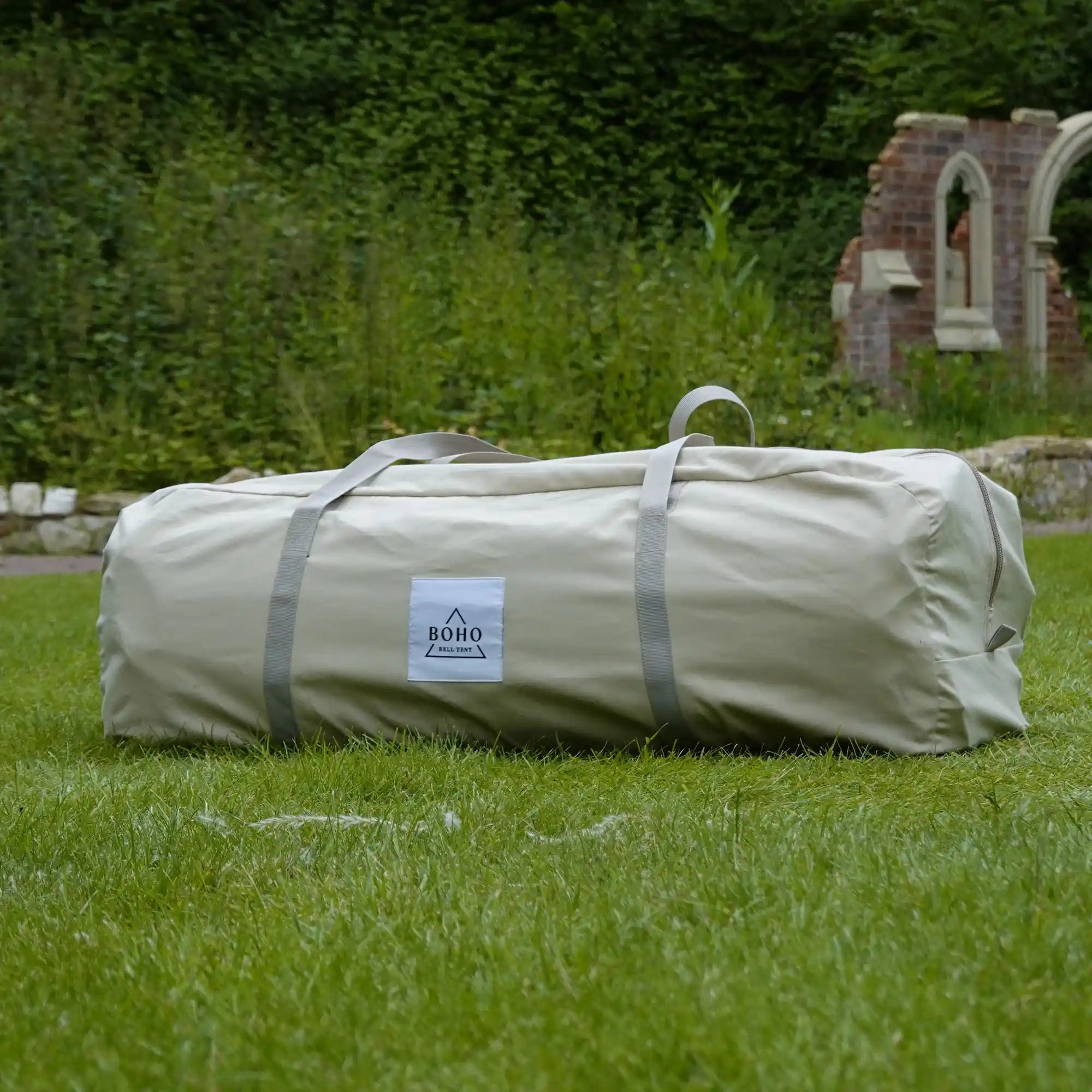
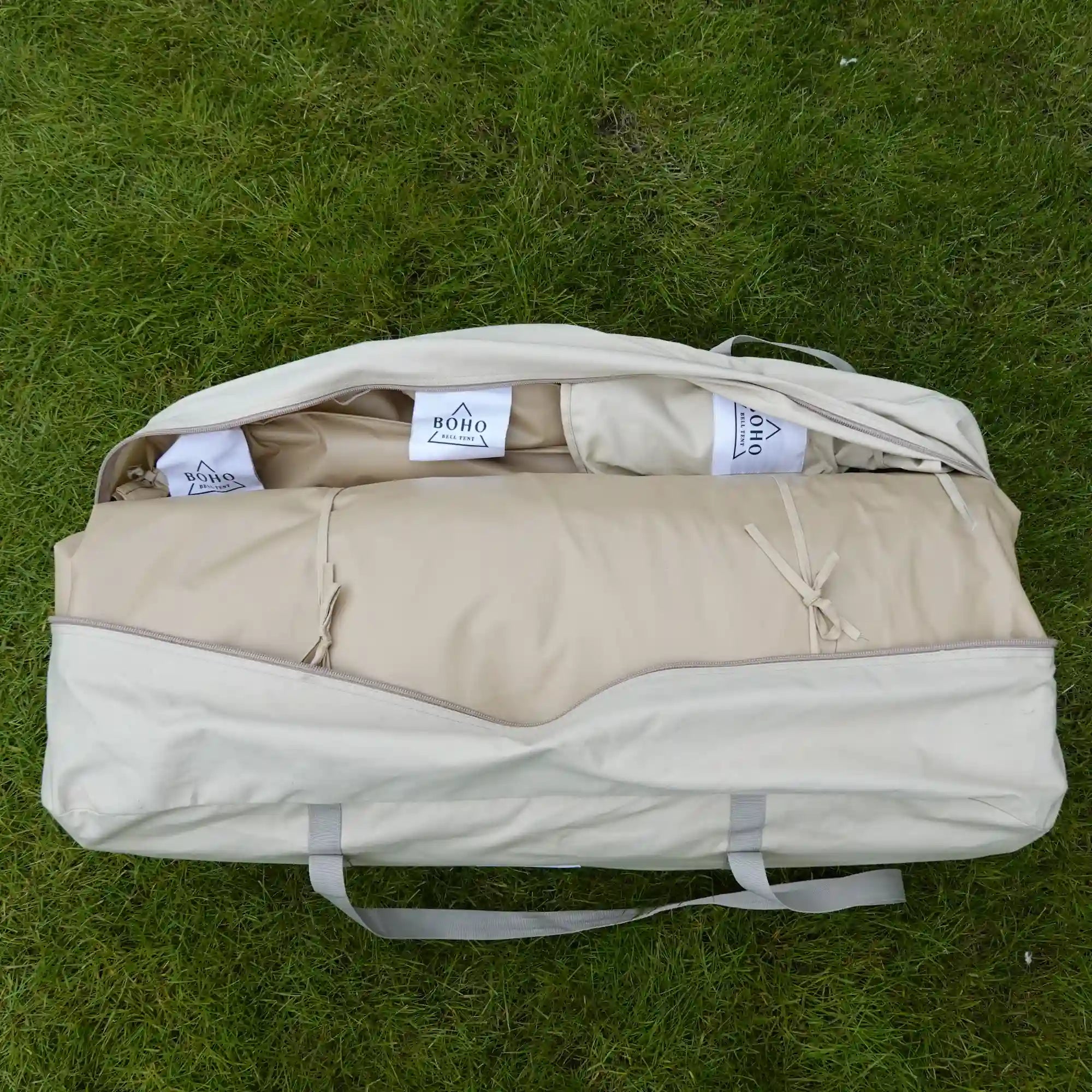
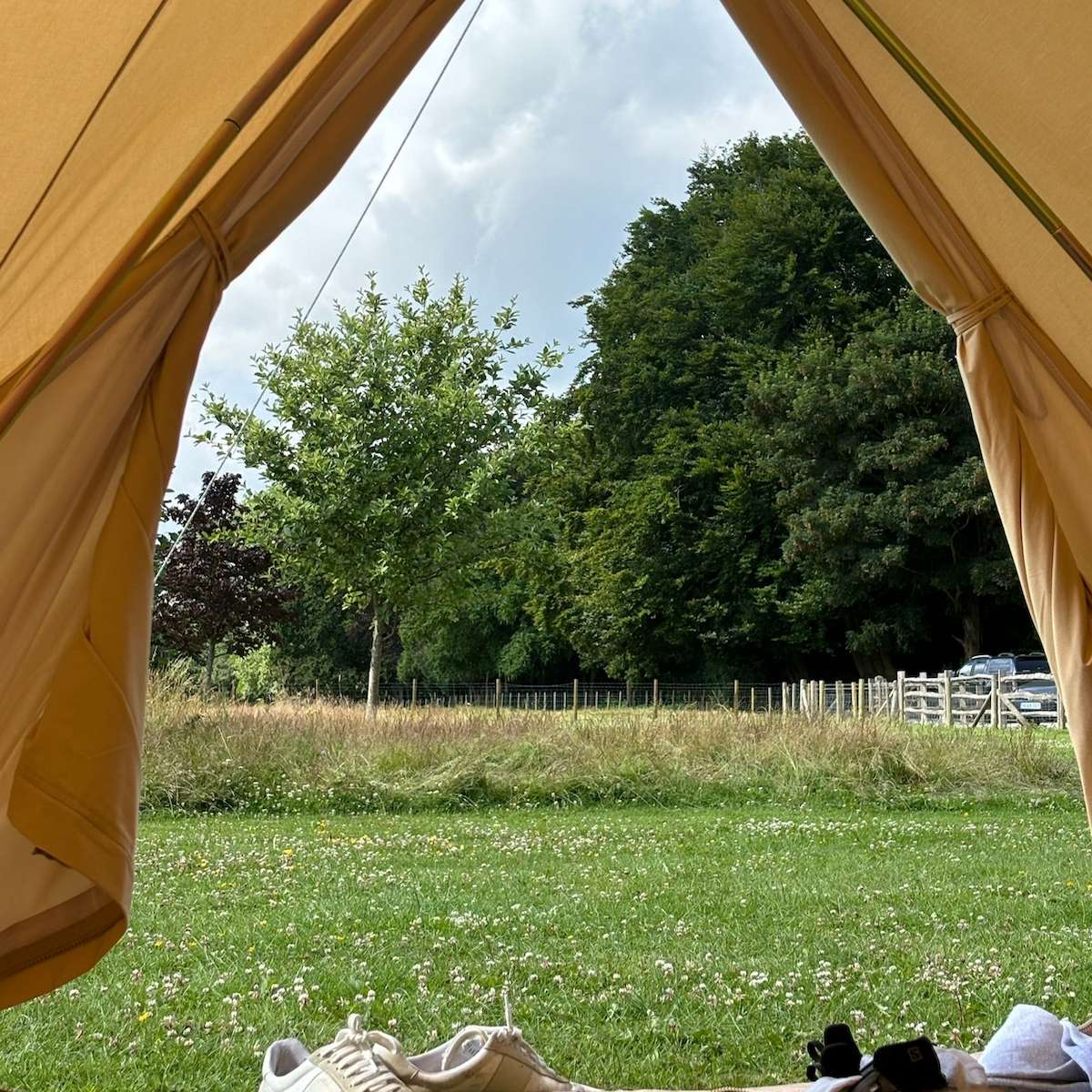
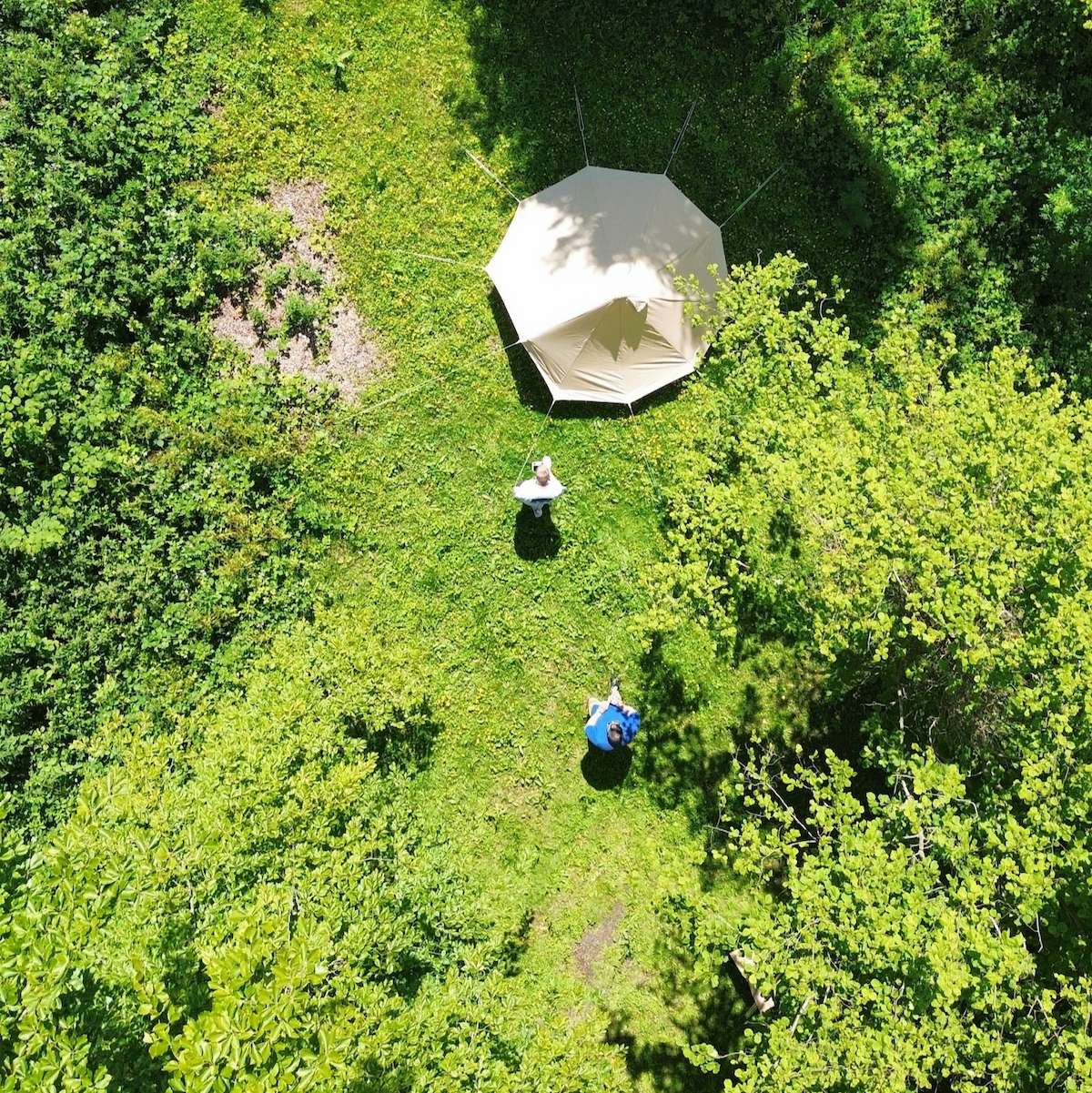
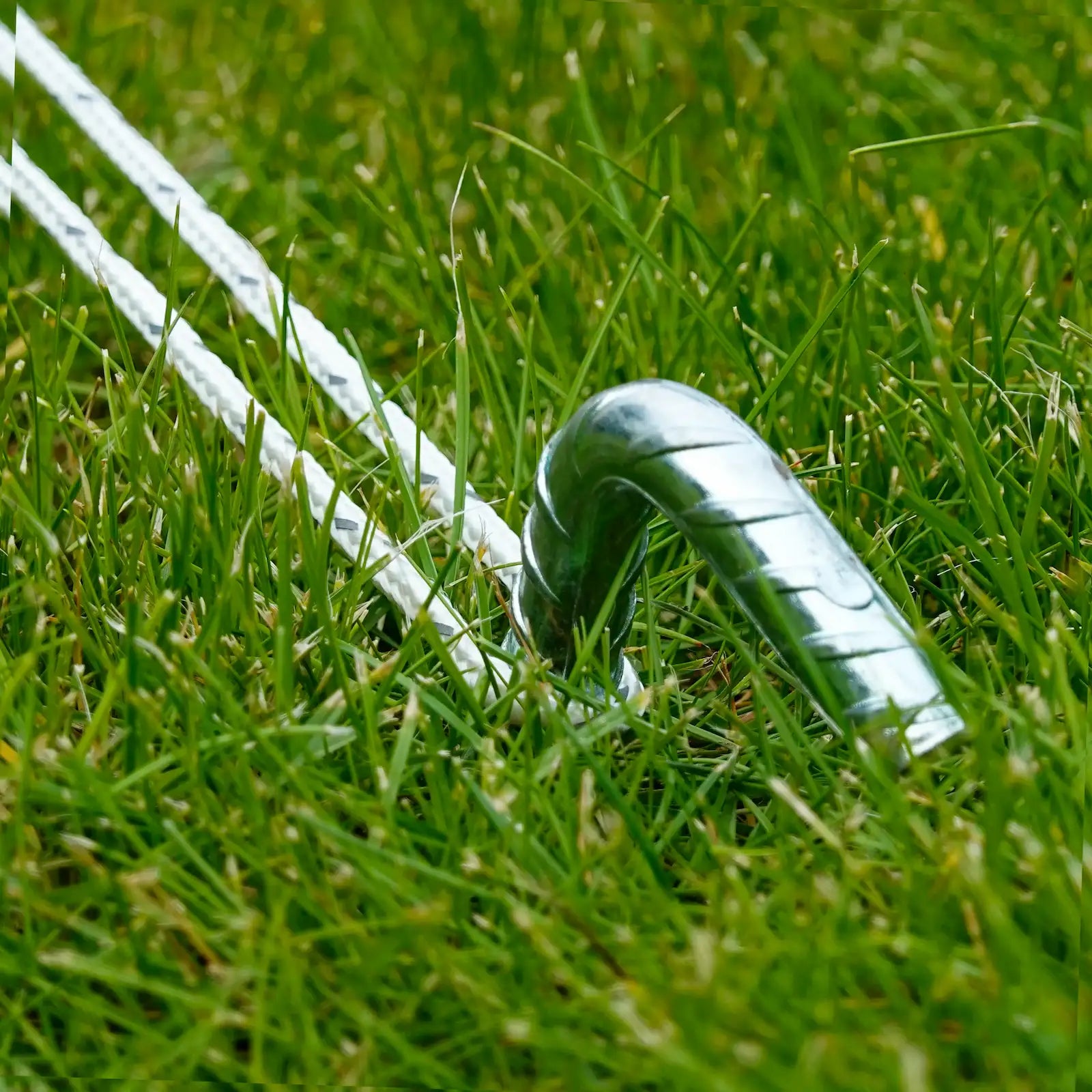
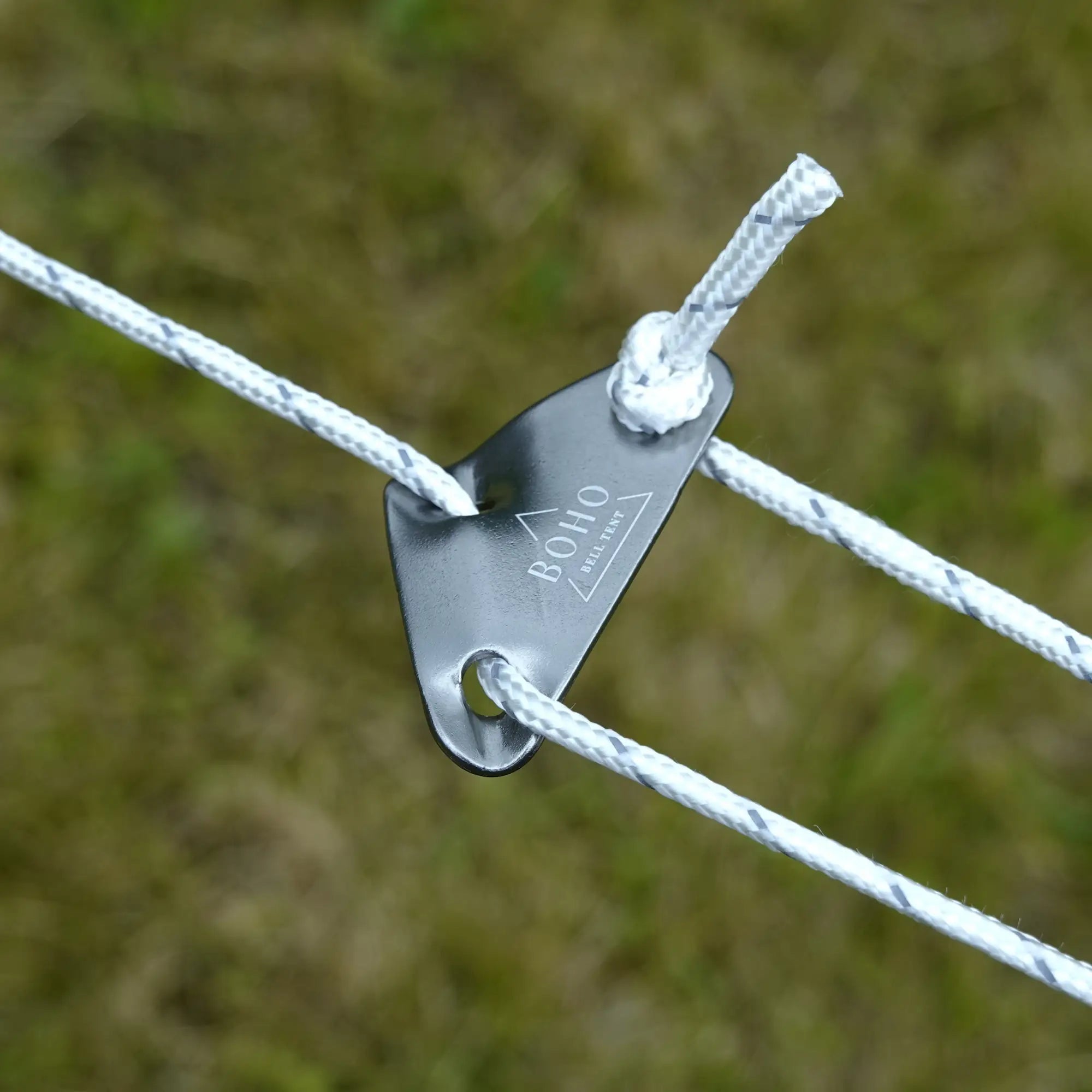
At Boho Bell Tent, we’ve helped hundreds of customers find the perfect setup for festivals, weddings, and off-grid escapes. So if you need any help at all, be sure to reach out!
Share:
Are Bell Tents Warm at Night?